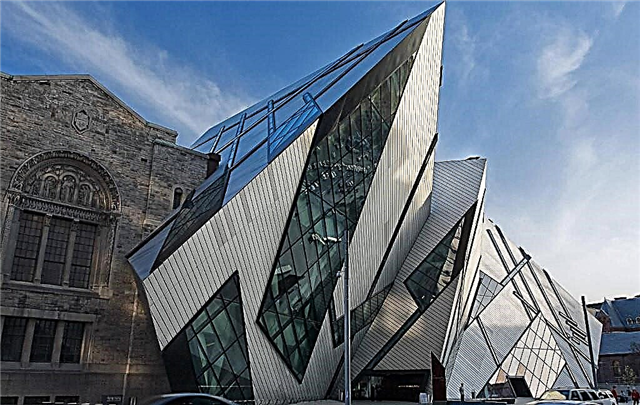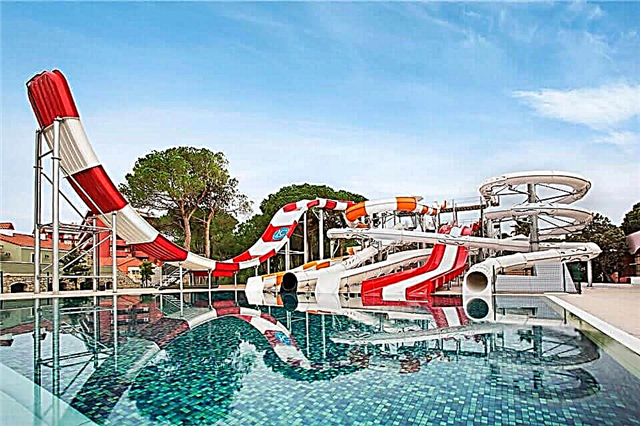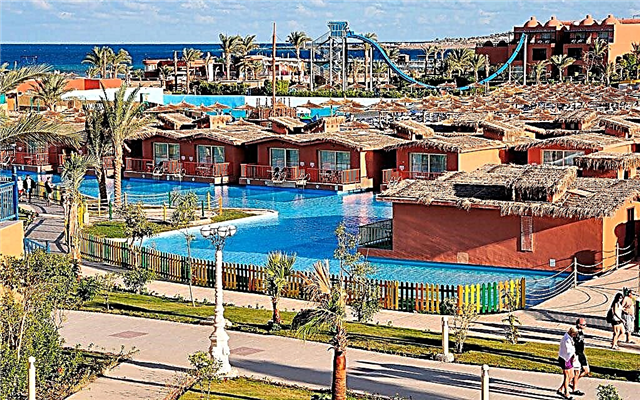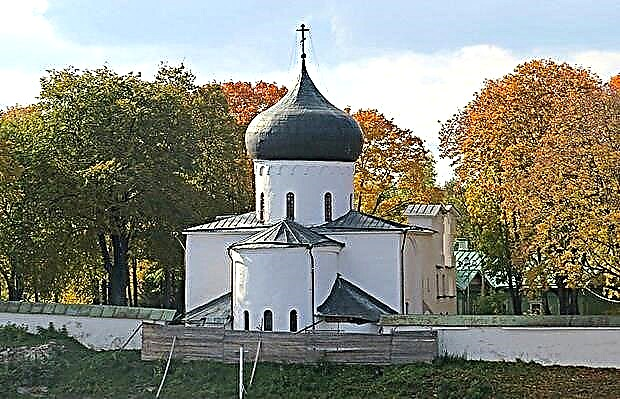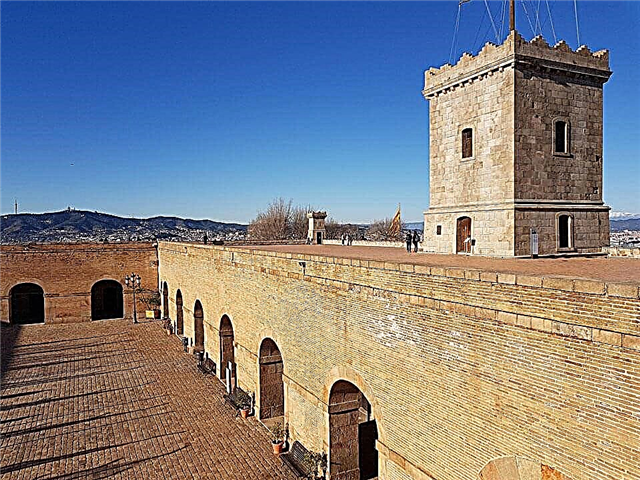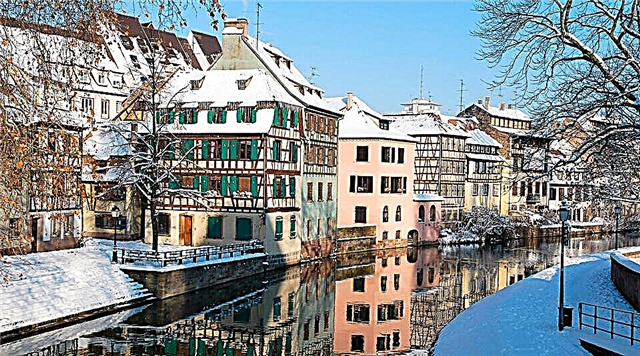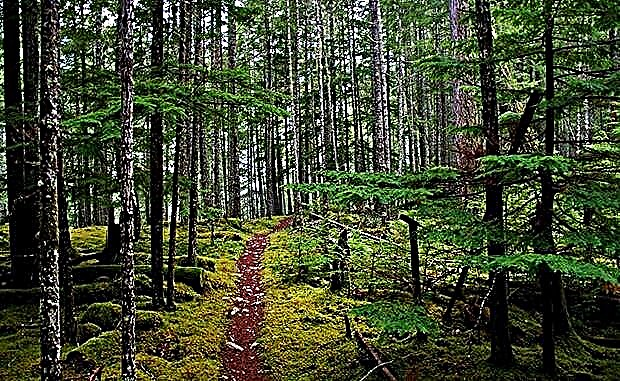The territory of the United States of America is very rich in natural terms. There are deserts, mountain ranges, wide oceanic coasts, and untouched dense forests. The government of the country is very careful about its "lands", therefore, dozens of national parks have been established in the United States. The status of a protected area allows you to maintain nature in its original state, without closing it from tourists and researchers. One of the most picturesque and amazing places in North America in its landscape diversity is Olympic National Park.
History and geographic location
Established by President Roosevelt at the beginning of the last century (in 1938, to be exact) near Seattle, Washington, this natural area has become a true treasure of the West Coast. One has only to glance at a couple of pictures, it becomes clear - the variety of landscapes in this relatively small area (the park is much inferior in territory to some giants, such as Yellowstone) will amaze even very sophisticated travelers.

Olympic Park, consisting of two of its relatively isolated parts, is located on the very edge of the United States: in one area it lay on the peninsula of the same name, and in the other it stretches along the Pacific coast. The presence of mountain ranges in the relief of the territory - Olympic, Beregovoy, Hurikain - makes it possible to form unique natural conditions.
The isolated position on the peninsula determines the presence of many endemic plant and animal species here. Tourists can get acquainted with the flora and fauna of the reserve, go downhill skiing, walk several tens of kilometers on foot or arrange a multi-day car ride with picturesque parking lots all year round.

How to get there
You can get to Olympic Park by car, ferry and even by plane from Seattle and other cities. The cost of a visit per person is $ 5, for entry by car you will have to pay 15. The entrance "subscription" for the use of the beauties of nature is valid for 7 days. During this time, you can have time to explore the many diverse landscapes of the park and take unique pictures.
Natural features
The location on the Pacific coast and the barrier strike of the mountain ranges that intercept the moisture coming from it define a unique set of natural zones in a relatively small area of the park. Temperate rain forests are the hallmark of the Olympic. On the one hand, the composition of the vegetation here is northern - cedars, pines and Canadian maple. On the other hand, the high humidity on the western slopes of the mountains gives the forests a tropical shade: the tree trunks are often completely covered with lichen and hanging moss, which creates a slightly magical appearance. Vines and dense undergrowth complement the picture. Walking through the overgrown thickets is like falling asleep.

The coastal zone stretches for miles of beaches along the Pacific Ocean. However, one should not expect golden sand here - in many parts of the spit they are littered with the remains of vegetation, which are carried here by the rivers. The park keepers do not dismantle the debris, since all plant residues are part of the ecosystem balance, which cannot be disturbed in the reserve. Special relief forms - turbidides - adorn the coast with their bizarre shapes.
Alpine meadows replace the forest zone with height. Trees at first become less frequent, and then disappear altogether, giving way to grassy carpets dotted with a scattering of flowers. These fields look especially great during the flowering period of mountain lupins.

Glaciers occur in the upper reaches of mountain valleys. Near them, vegetation is almost not widespread, only individual outbreaks of bushy flowers are scattered over gray pebbles. There are more than 60 glaciers in the park, all of them small. Many give rise to mountain rivers, which grow, descending into the forest and cut off by waterfalls (Sol Duc Falls, one of the most visited places). The largest river is Khokh, in its valley is the most picturesque of the rain forests.
We also recommend:
- National parks of the USA
- Canyonlands National Park, USA
- Yosemite Park in California, USA
- Zion National Park, USA
- Everglades National Park in the USA
- Yellowstone, USA
- Glacier Park in the USA
Ski vacation

Summer in Olympic Park is short and cool, while winters are long and snowy. Despite the relatively low heights of the mountain ranges, there are ski slopes with drag lifts, which can provide you with quite a pleasant skiing. The appropriate infrastructure has been created for these winter "entertainments" - there is where to settle and while away the cold winter evenings. If you are lucky enough to visit Seattle in winter, be sure to visit Olympic Park, covered with a blanket of snow.
Summer fun

Among summer entertainments, one can distinguish both active types of recreation and lazy tourist routes of "one day", which, nevertheless, allow you to get closely acquainted with the nature of the park and appreciate all its diversity.
The territory of the Olympic Park used to be inhabited by tribes of Indians, who were driven from here by the colonialists. Nowadays, you can get acquainted with their culture in a specially organized museum and walk through the ancient forests along the paths of the indigenous people of these places.

For those who like to tickle their nerves in the park, there is an opportunity to go rafting - rafting down the river on an inflatable boat. Rapids of varying degrees of difficulty and a quick change of landscape from mountain loaches to damp forest thickets will not leave indifferent fans of this type of recreation.
The presence of a large number of rivers and lakes, as well as hiking trails laid through the park, makes it possible to conduct various camping activities here - from cozy picnics on the lawn to multi-day mountain trekking with visits to glaciers. The route of the hike can also be taken out to the ocean coast and walk along it for more than a dozen kilometers. Swimming in summer is possible, on days with good weather the water is quite warm.

In a word, Olympic National Park is a unique nature reserve that reveals on its territory all the variety of landscapes of the west coast of North America. A visit will bring you many unforgettable memories and unique photographs.

